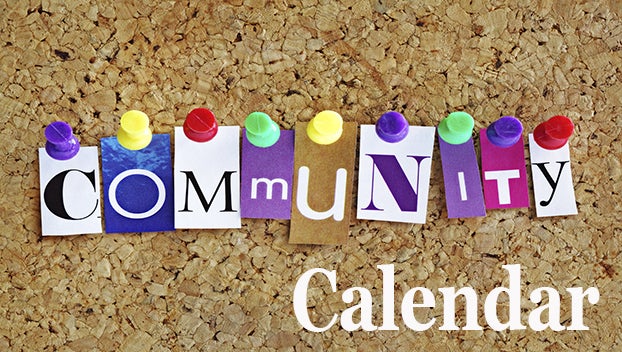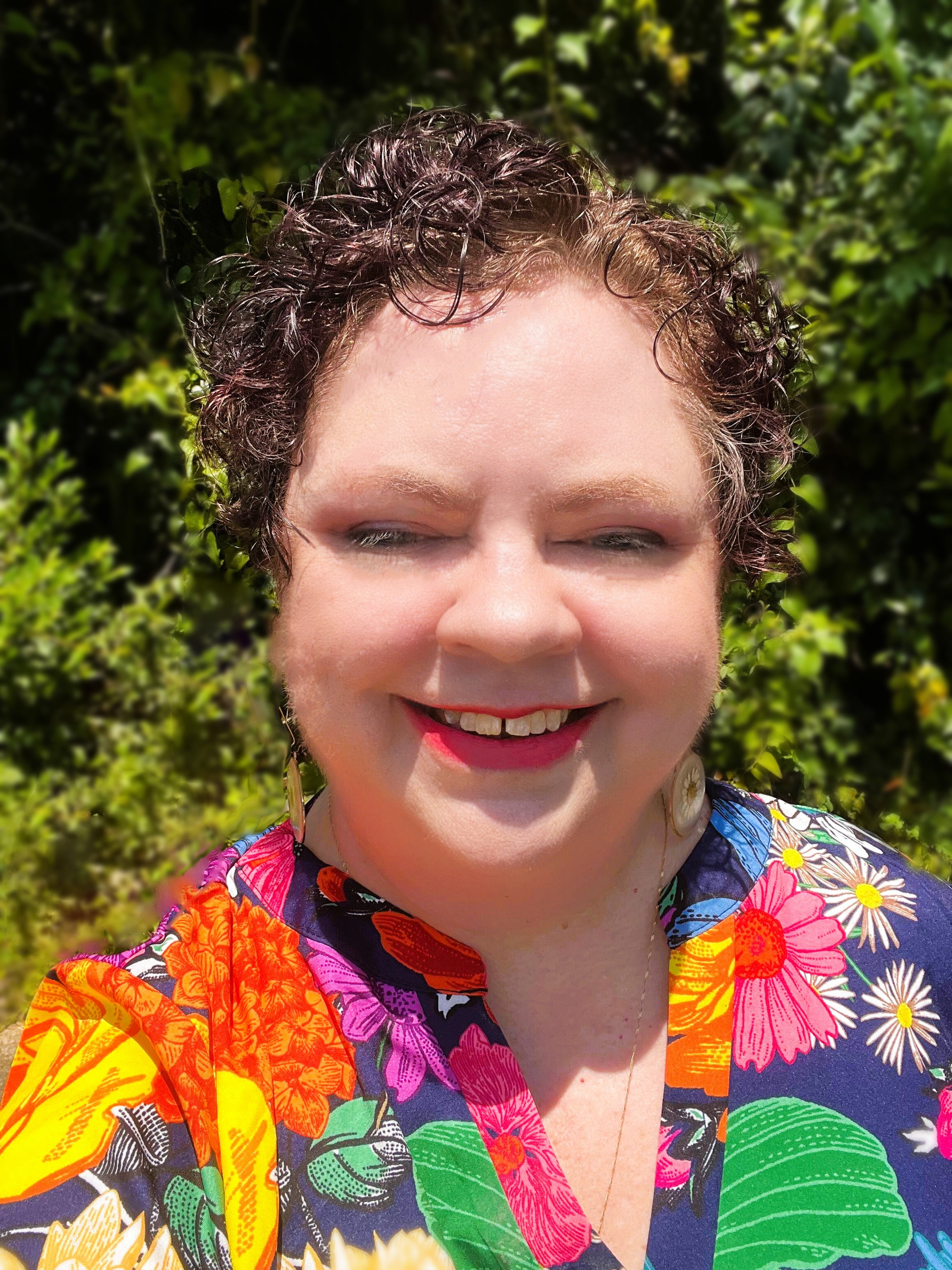Local ham radio operators use Field Day to prep for emergencies
Published 3:46 pm Monday, June 28, 2010
What if a major disaster strikes the Gulf Coast, the kind that knocks out power grids, landline phones and most cell phone service? How can important health and safety information be gotten to the masses when the normal means of communication don’t work?
On Saturday a group of area licensed amateur, or “ham,” radio operators got together in a real-life display of how amateur radio service can help bridge the gap when natural disasters, terrorist attacks, and other catastrophes impact us.
The occasion was Field Day, an event held across the U.S. and Canada involving over 35,000 radio operators to prove their non-commercial-powered stations can communicate.
Doug Edgar’s sizable lawn on Bolling Street in Greenville was the site where members of the Jim Bell Wireless Association (JBWA) gathered to test their readiness.
Business owner Bob Glasscock of Greenville was at the mike at Edgar’s portable station on Saturday afternoon, jotting down information from an operator in South Carolina.
“We want to make as many contacts as possible today, but we also want to make sure everything works so we will be prepared if an actual emergency happens,” Glasscock, president of the JBWA, said.
He pointed toward the towering temporary antenna in the center of Edgar’s lawn.
“An antenna like that one allows us to communicate with other operators thousands of miles away. You can talk around the world with it,” Glasscock, whose radio call sign is WA4WLI, said.
He nodded toward the smaller antenna next to his motor home /ham radio center on wheels.
“Even one that size will allow you to talk a good distance away,” Glasscock said.
Ham radio has been around for close to a century, with the American Radio Relay League in existence since 1914. The ARRL-affiliated local club, which is made up of operators primarily from Butler, Crenshaw and Lowndes counties, also has members who serve in the Amateur Radio Emergency Service (ARES) and MARS, the Military Auxiliary Radio Service.
Their goal, Glasscock said, is to help in times of crisis.
“We are a non-governmental agency and we don’t replace any of the first responders, we simply assist them,” he said. “Ham radios are a great way to send volumes of information, and not just by voice, but via Morse Code and radio teletype, which is now done through new digital technology. When other means of communication fail or are overloaded, we bridge the gap.”
Chuck Stouse of Georgiana, a local member who serves as emergency coordinator for Butler County, said the club works closely with Bob Luman of the EMA and the State Department of Public Health.
“Both the hospitals in Butler County now have ham radio systems installed, the antennas are in place. We just have to get the training done,” Stouse said.
Glasscock pointed out ham radio operators have provided emergency communications during a variety of events, including hurricanes, earthquakes, wildfires, floods, and the terrorist attacks of September 11.
“We are also a training club. We teach newcomers to help them obtain a license. And besides all that, it’s fun,” Glasscock said.
“It’s great to be able to talk with people in Jamaica, Alaska, Canada . . . and people of all ages can participate.”
The Jim Bell Wireless Association meets the second Saturday September through June at the Butler County Commission Chambers. For more information, call Bob Glasscock at 334-382-8265 or Chuck Stouse at 334-376-0612.





